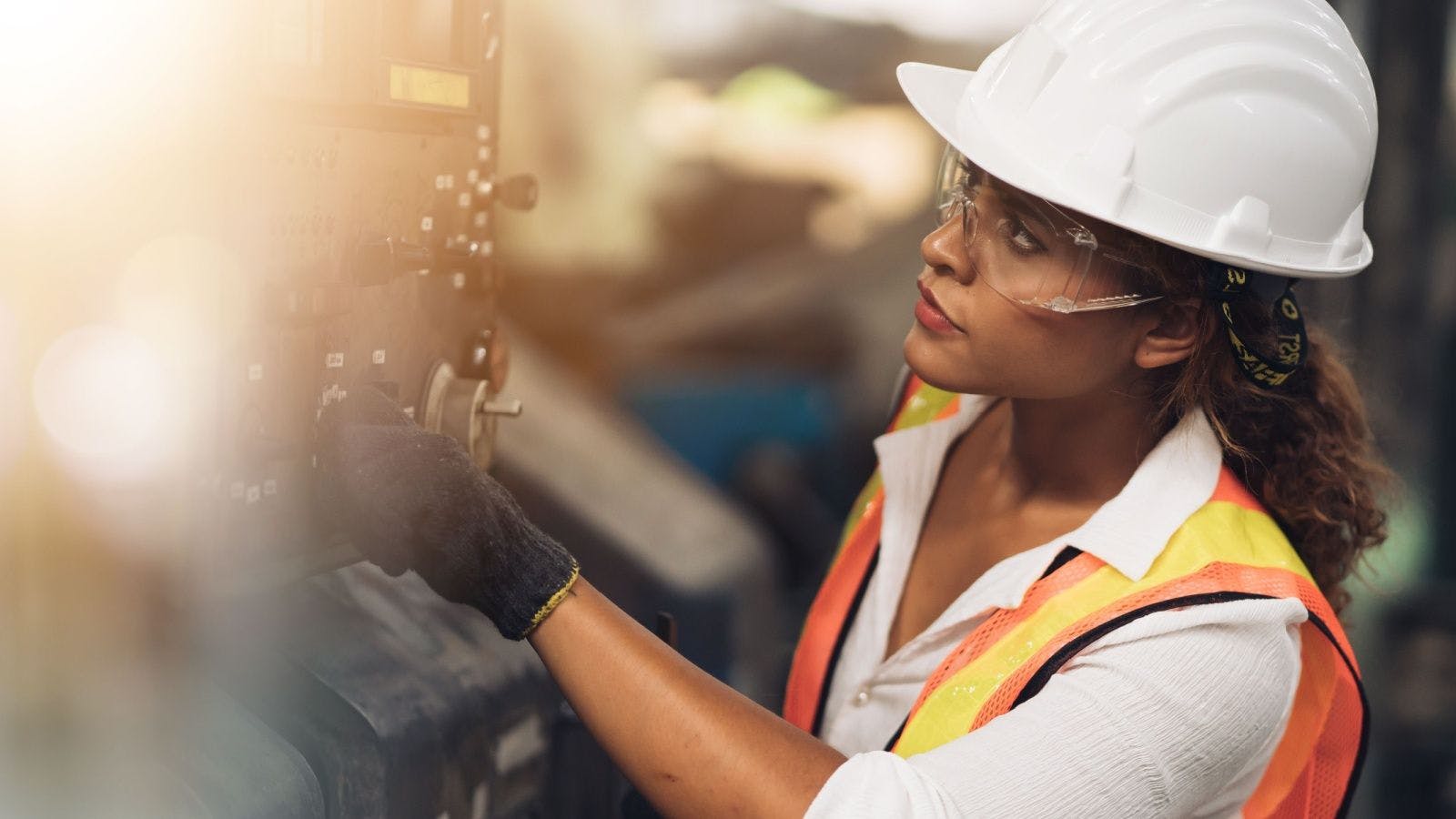
Three Ways the Future of Higher Education Construction Will Evolve in a Post-Pandemic World
Even before the coronavirus pandemic began, the construction industry’s work to serve higher education clients was starting to go through a shift in course that may experience an acceleration as education systems embrace change. A more significant emphasis on technology, a physical move to more densely populated areas and a redrawing of building priorities to maximize budgets are all factors that are likely to influence the future of higher education construction.
As universities and colleges begin to plan for their eventual campus re-openings and the continuation of online learning, it is expected that these trends could gain momentum, and in some cases, be accelerated and help position these institutions for long-term success.
Investing in Technology
An emphasis on having the most updated and secured technological infrastructure will be critical, especially as many colleges and universities expect a portion, if not the majority, of their student population to continue to use online platforms for their course work. Construction firms will need to partner with higher education clients to offer solutions and recommendations to ensure their technology infrastructure is capable of supporting online platforms and remote connectivity.
0n active construction projects, clients and general contractors are already discussing changes to their design and construction plans to ensure they are positioned to meet their clients’ evolving needs.
Even in a pre-COVID-19 educational environment, investments in technology had already begun to accelerate as students embrace more high-tech, high-touch learning and innovative tools today. Prioritizing technology and innovation when building educational facilities will surely change the way construction firms build.
Bringing Education Closer to Home
Decentralizing and distributing university systems to make them more accessible based on where the student population lives are part of what the future of higher education may look like. National trends show that students are increasingly choosing public schools closer to home, which has gained increased attention in recent months as students are now primarily learning at home. Skanska was already seeing this growing trend in urban cores across Florida, including major metropolitan cities like Miami, Tampa and Orlando.
Take central Florida for example, where Skanska recently completed the Dr. Phillips Academic Commons building at the new downtown Orlando campus of the University of Central Florida (UCF). The new UCF campus is centrally located within the Creative Village development, the massive urban infill project that is among the southeast’s largest transit-oriented developments, making it more accessible to the community.
In the longer term, Skanska could see the higher education systems in highly populated states like Florida rethink their growth plans, not only making needed investments on their main campuses but also building or re-purposing existing buildings to bring their branded learning environments to nearby communities. This shift could be part of a hybrid curriculum where students take some courses online but perform team projects or labs in smaller classroom settings located in these satellite locations. This model could particularly benefit student populations in more remote areas, shortening their commutes and giving them an alternative to in-dorm living.
Prioritizing Labs and Research Facilities
When looking at higher education and where it is headed, it’s reasonable to assume there won’t be many more residence halls built and planned general classroom space on main campuses in the near future. Anything that is not mission critical to a university will likely be paused or significantly impacted as a result of the pandemic.
As universities and colleges look for ways to reduce costs and prioritize spending, they may reduce their investments in building large, gathering areas in the foreseeable future. Instead, institutions may shift that spending to higher-priority areas such as innovation and research. For instance, Skanska was recently selected to lead the construction of the University of South Florida’s new Mixed-Use Lab and Office project in Tampa, which will strengthen the university’s life sciences and technology ecosystem.
While increased virtual learning options will be the wave of the future, there are some professions and specialties where a purely online education is simply not feasible. For instance, those looking to enter the health care field, studying to become a chemist or looking to work in the automotive industry will require hands-on learning and in-person interactions and training, which will make building and remodeling labs and research facilities a priority over the longer term.
As higher education organizations pivot and prioritize, the global health crisis has placed them in a position to test and explore new ways to teach and learn. Moving forward, expect these institutions to invest in what matters the most, with the goal of better serving the needs of their faculties, student populations and communities as the region adapts to a new normal.
Related stories








